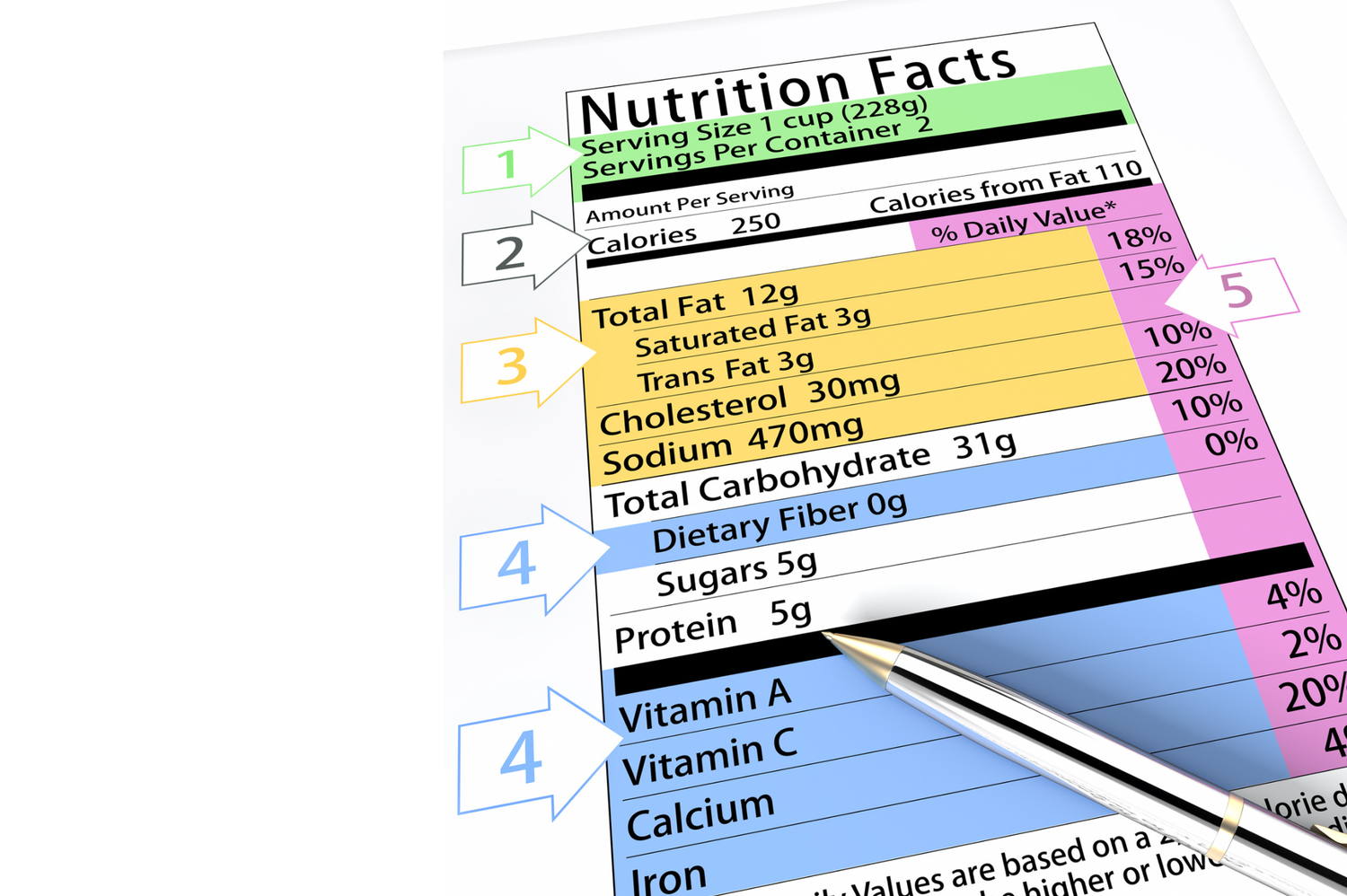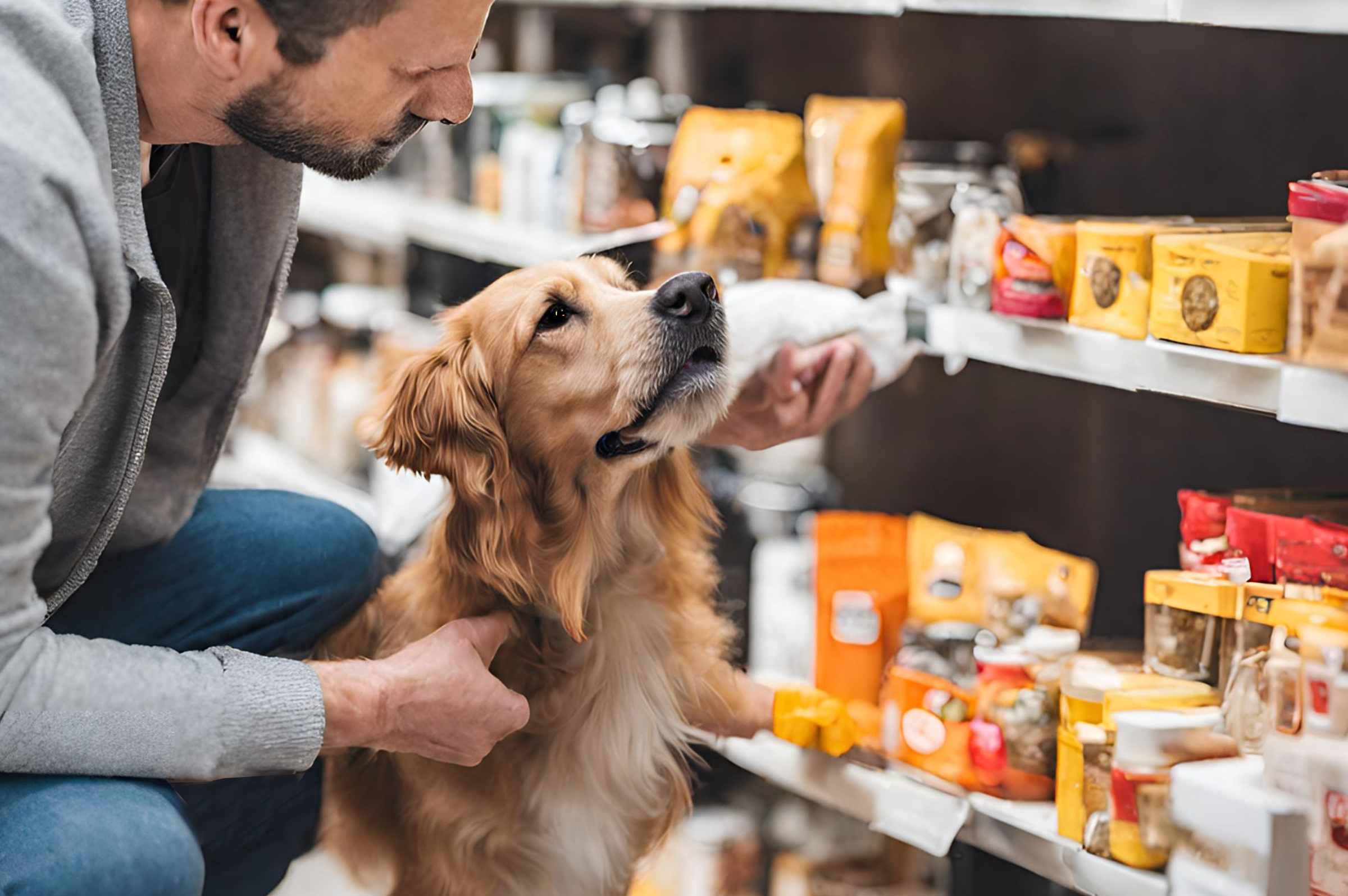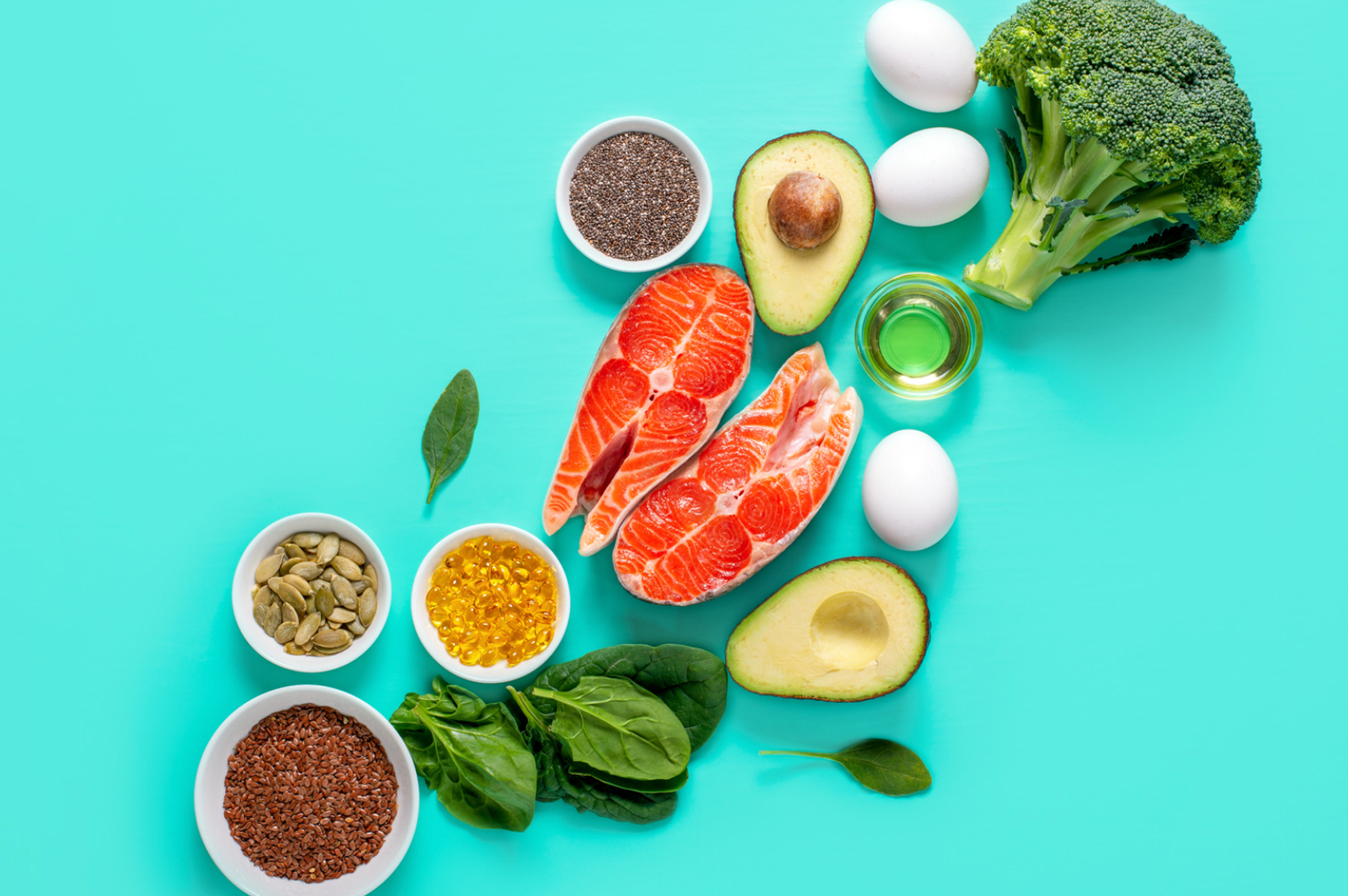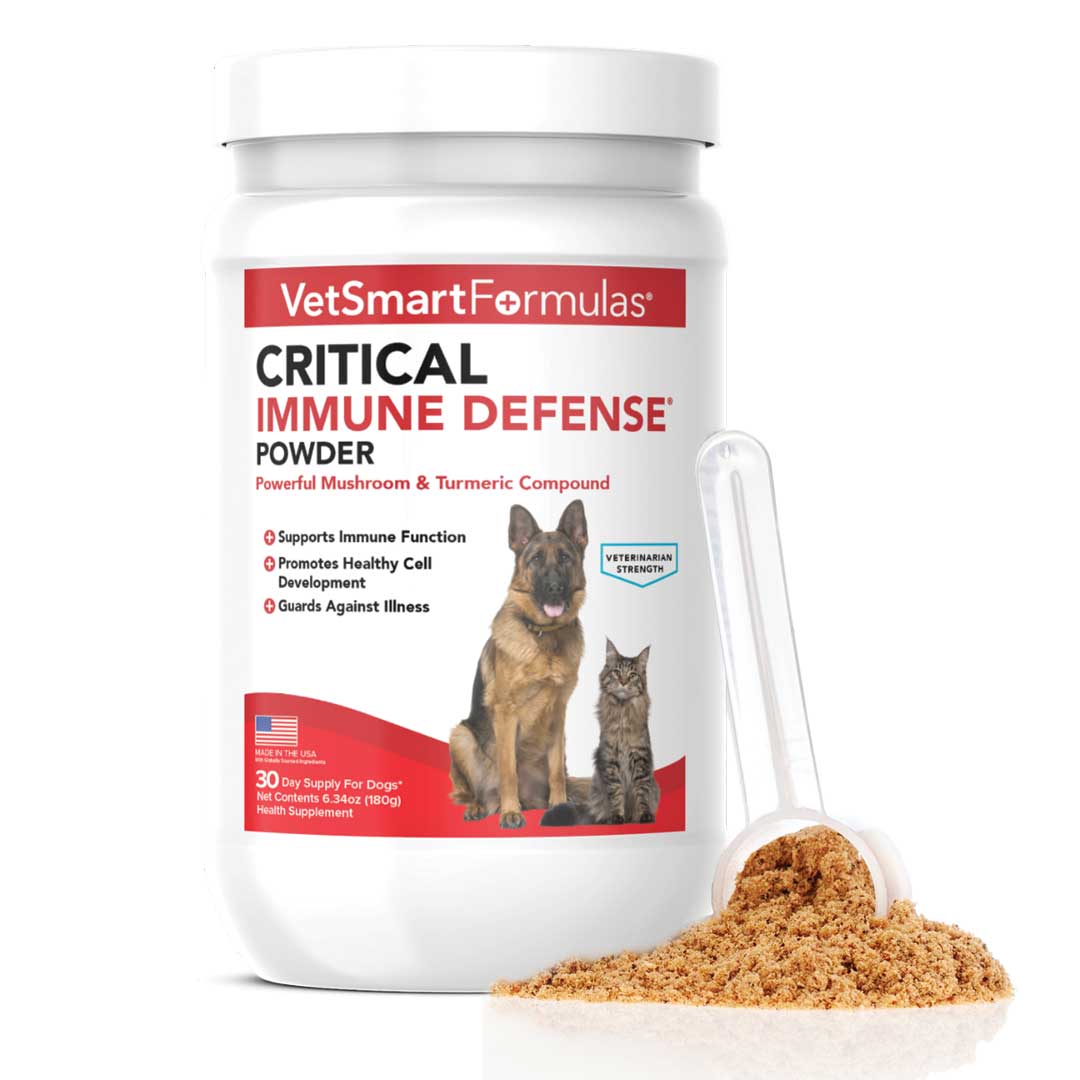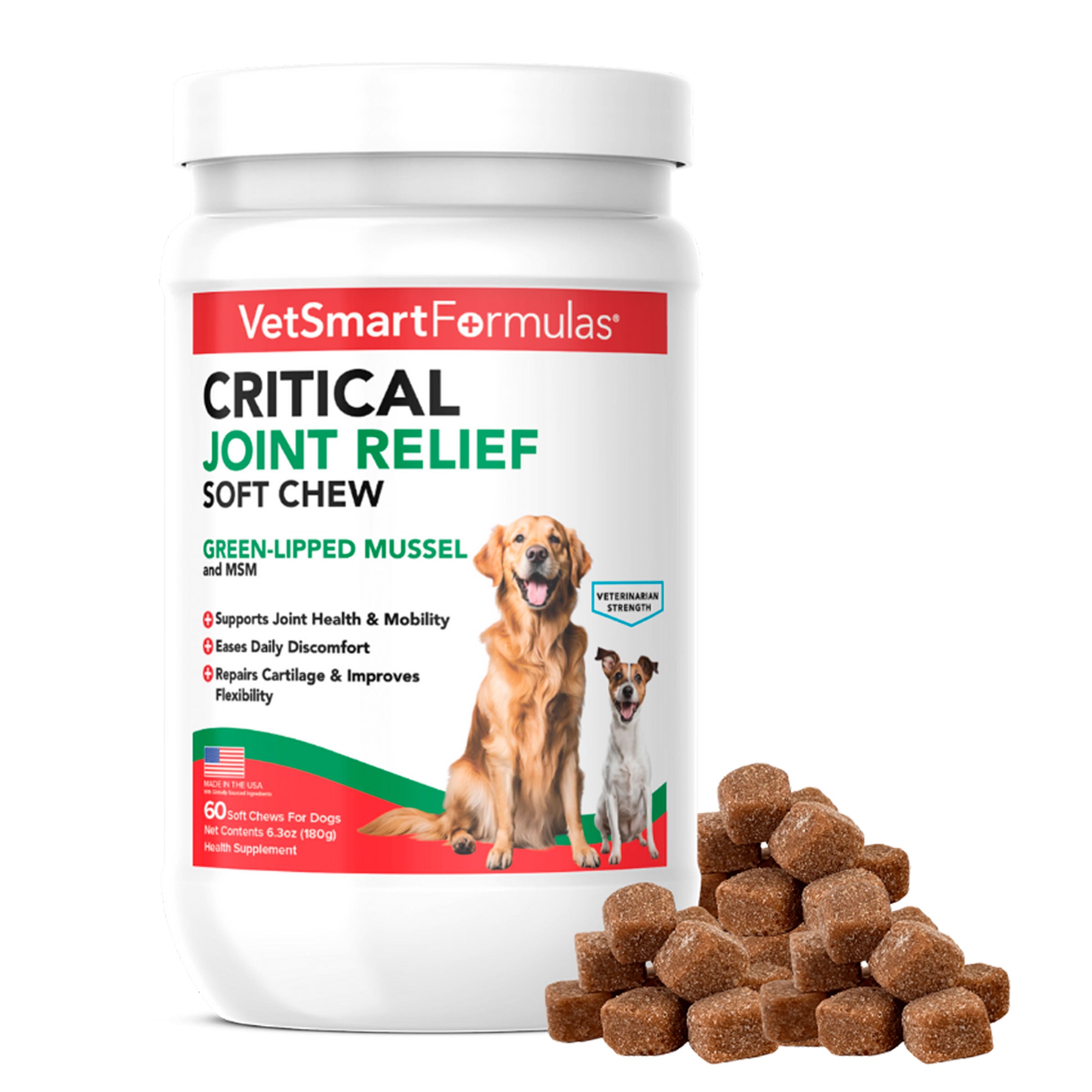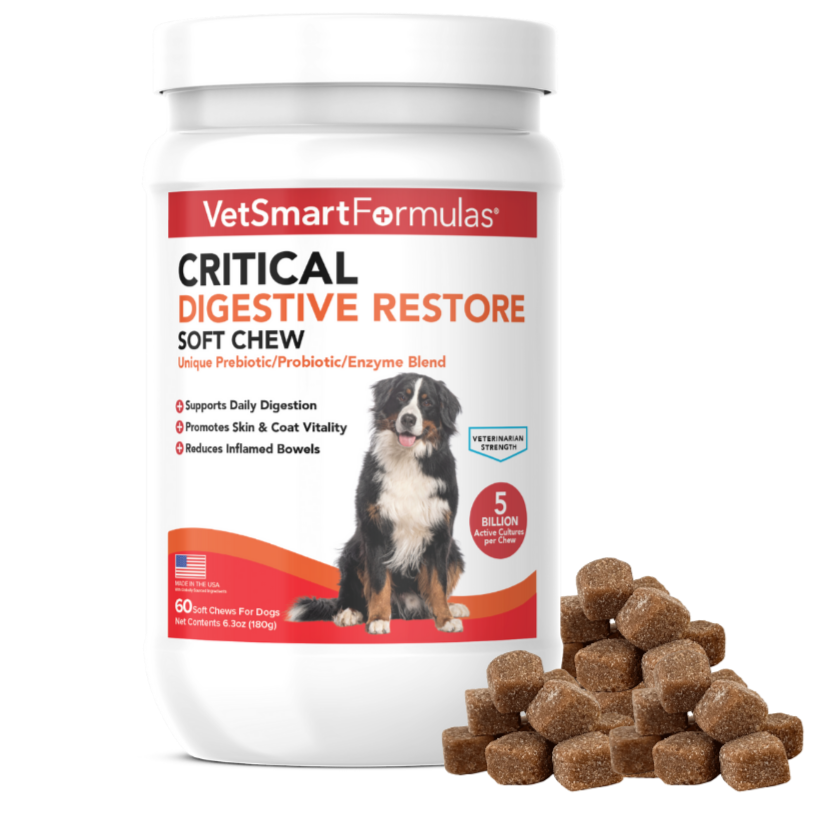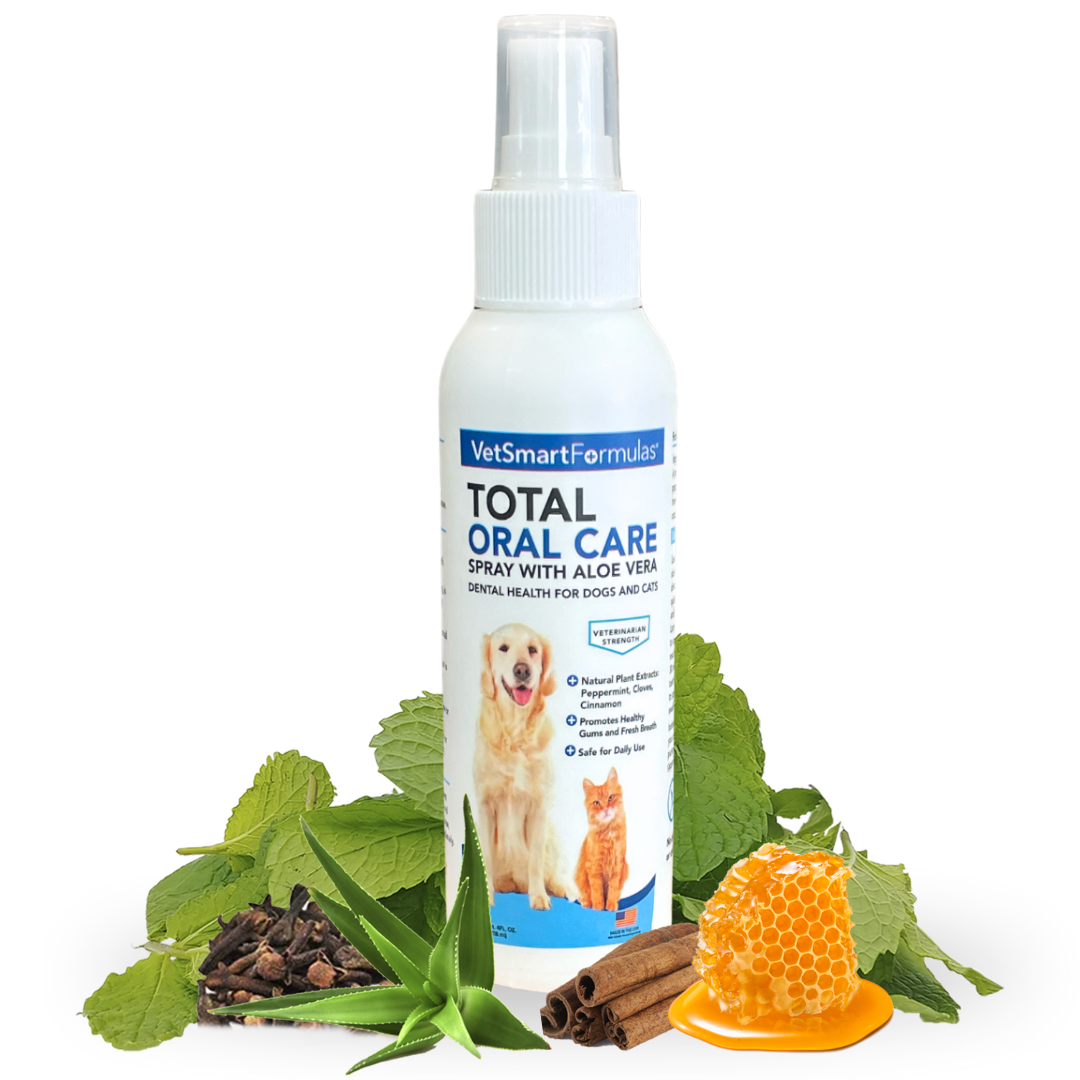As a responsible pet owner, you want the best for your furry friend, including the food they eat. However, choosing the right pet food can be a daunting task, not least because of the complex and often misleading claims found on pet food labels. Understanding these claims is crucial to ensure that your pet gets the nutrients they need to thrive. At Pet Wellness Direct, we take pride in offering scientifically formulated products approved by veterinarians. Let's delve into what you need to know to interpret pet food labels effectively.
Guaranteed Analysis - The Nutritional Breakdown
One of the first sections you'll encounter on a pet food label is the Guaranteed Analysis. This provides a snapshot of the nutritional content, including crude protein, fat, fiber, and moisture percentages. It doesn't, however, paint the full picture of food quality. For example, while a high protein content is critical, the source of that protein—whether from whole meats or by-products—can differ significantly.
Ingredient List - Order Matters
Just as with human foods, pet food ingredients are listed by weight order, starting with the heaviest. Yet this can be misleading, as the weight includes moisture content, which is high in fresh ingredients. Therefore, an ingredient like "chicken" listed first does not necessarily mean more protein but possibly more water. Considering dry weight percentages provides a clearer insight into actual proportions.
- Heavier ingredients are listed first
- Moisture content affects ingredient order
- Dry weight percentages offer better clarity
Understanding By-Products and Meal
There is a common misconception that by-products are inherently unhealthy. In practice, by-products can provide a dense source of nutrients like protein. Similarly, meals, which are rendered products from animal tissue, can be nutritionally rich, but the source and quality vary. Always check if the meal is identified with a specific source, as in "chicken meal," which is preferable.
Deciphering the Term "Natural"
The term "natural" is often misunderstood. According to AAFCO (Association of American Feed Control Officials), a product labeled natural should not contain any artificial flavors, colors, or preservatives. Nevertheless, this doesn't equate to organic or human-grade. Organic pet foods must meet specific USDA regulations.
Nutritional Adequacy Statement
This statement is a vital part of the label as it tells you whether the food is complete and balanced. It means that the food provides the necessary nutrition for pets when used according to the guidelines. Such statements are based on AAFCO nutrient profiles or feeding trials.
Life Stage Specification
Pet foods are formulated differently for various life stages, so look for claims like "for growth," "maintenance," or "all life stages." The nutritional needs of a growing puppy are much different from an adult dog, and it's essential that their diet reflects this.
Feeding Guidelines - Starting Point Not Gospel
Feeding guidelines offer a starting point for how much to feed your pet, but they should not be taken as gospel. Each pet's metabolism and activity levels are unique, so it's crucial to adjust food amounts accordingly. The Association for Pet Obesity Prevention provides helpful resources for understanding pet nutritional needs and combating obesity.
New Foods
If, after reading your pet food label, you decide to switch foods, remember to introduce the food gradually into your pet’s diet. Start by mixing ¼ the amount of new food with ¾ the amount of old food, and gradually keep increasing the new food as you decrease the amount of the old food. Doing this will help minimize any digestive issues pets could develop due to switching foods. It will also help picky pets adjust to the new food.
Conclusion
As you navigate the complexities of pet food labels, remember that knowledge is power. By understanding these claims, you are equipped to make informed decisions that promote the health and well-being of your companion animals. At Pet Wellness Direct, we are dedicated to supporting you with products that are not only made in the USA but are formulated with your pet's health at the forefront.

